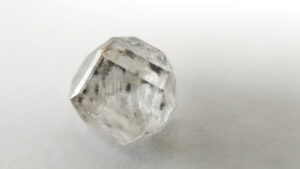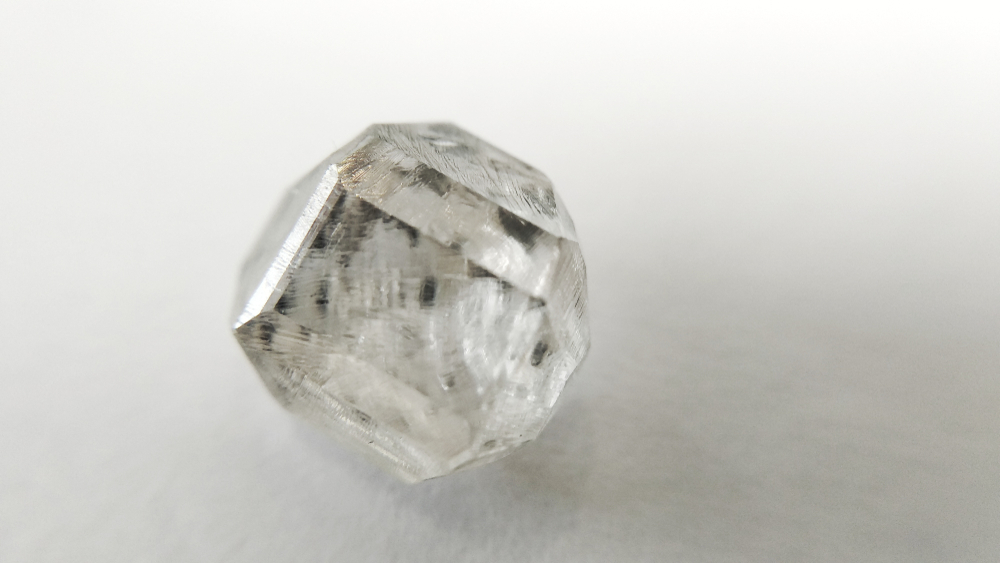
Inclusions are a natural part of a diamond and most diamonds come with a certain amount of inclusions. Diamonds with no visible inclusions are very rare and they possess a great value and higher price. The visibility of diamond inclusions can greatly vary based on their number and size.
What Are Diamond Inclusions?
When diamonds form under the earth, there is a high possibility for some impurities to get trapped inside the crystal. These are called diamond inclusions, and the type of inclusions can greatly vary based on the element that gets trapped inside these stones.
Both natural, as well as lab grown diamonds, have inclusions, as these synthetic stones are also created by replicating the natural environment needed for the creation of diamonds.
Why Diamond Inclusions Are Important?
Inclusions in diamonds can be beneficial in certain circumstances. First of all, they help gemological experts to identify between mined diamonds and lab-created ones. There will be slight differences in inclusions between natural and artificial diamonds.
Additionally, inclusions help you to identify your diamonds, as the inclusions present in each diamond are unique. No two diamonds come with similar inclusions. Therefore, you can identify your diamonds with the help of these inclusions in case of disputes.
How do Inclusions Affect The Value Of Diamonds?
Even though inclusions are one of the important factors that make your diamond unique, their presence is considered a flaw in diamonds. The visibility of a diamond’s inclusions is analyzed using a factor called “Clarity”. This quality attribute assesses the visibility of inclusions in your stones. If the visibility of inclusions is high, then the value of your diamonds can decrease accordingly. Therefore, diamonds with no visible inclusions have the most value and price, as they are extremely unique.
Diamond inclusions can be found externally and internally. Internal flaws may not be always visible, especially, if they are minute. However, external inclusions will be more visible and they can be detrimental to the appeal of your stone. Therefore, if you are getting diamonds with inclusions, it is important to check the location of these flaws and their visibility.
Can You Hide The Inclusions In Your Diamonds?

You might be able to hide the inclusions in your diamonds using the setting of your diamond rings. If the inclusions are near the girdle, then adjust the position of the prongs so that they are over the inclusions. Additionally, if the inclusions are near the pavilion of the diamond, then they can be hidden using a bezel setting.
Moreover, if you want to hide inclusions, it is better to go for brilliant cut diamonds including round and princess cuts, as their brilliance can hide the flaws of the stone. But step-cut diamonds are shallower, hence, they can show imperfections more clearly.
